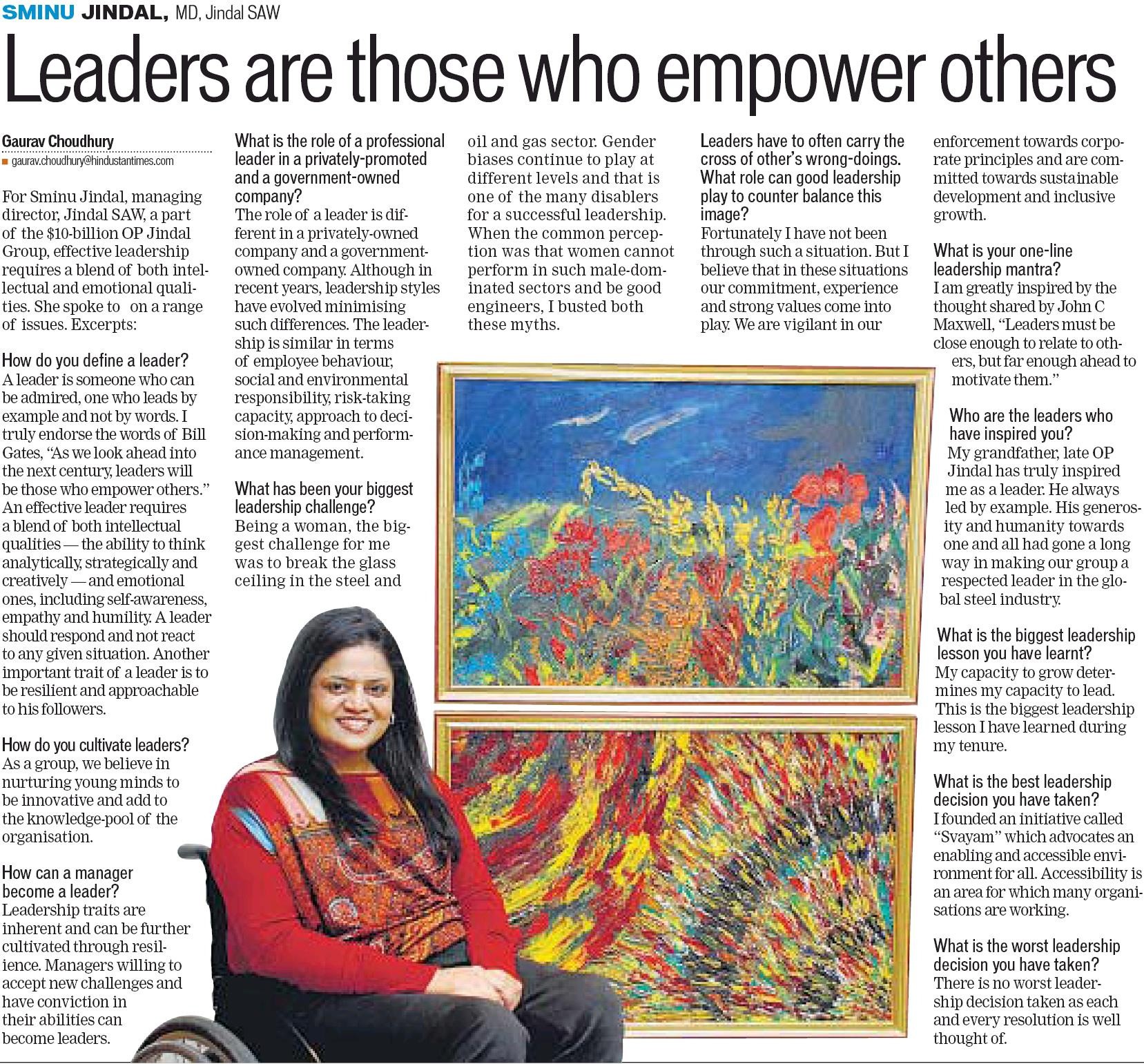Dear Friends,
The Indian Railways has been continuously disregarding the access rights of persons with disabilities and the elderly and has not set its house in order even after nearly two decades of the passage of the Disabilities Act.
Svayam has been advocating that the platforms need to be connected by both- the dynamic measures such as lifts and elevators but also non-dynamic features such as ramps. For Eg. the platforms are interconnected by big ramps at Agra railway stations. The stations in the capital — even the New Delhi Railway Station does not have that interconnectivity. One has to travel through the passage used by luggage vans which goes across the railway tracks.
Svayam also raised the issue of non-implementation of basic design. For instance, the tactile blocks that guide the visually impaired run into walls, railings etc. Also, the descent to the platform from the escalator is marked by a step without a warning tactile block. And there is no accessibility for the hearing and visually impaired persons.
During the Railway Budget of 2013, Svayam has shared the issues in detail with the Railway ministry. However, the ministry has been sitting quite in complete defiance of the law of the land. See a related news in TOI dated 27 Feb 2013 titled Rail Budget 2013: Disabled say there are many hurdles in the way.
Here is the media coverage in TOI today.
Delhi’s railway stations test elderly, disabled
Suhas Munshi,TNN | May 14, 2014, 01.32 AM IST
NEW DELHI: For the city’s elderly and the infirm, train journeys begin with pain and humiliation-at the railway station. In the absence of ramps or lifts, those incapable of walking have to be carried up foot overbridges on way to the platform in the arms of their kin or wheeled through routes meant for transportation of goods. Over the years, say the elderly, this debasing experience hasn’t changed.
At the New Delhi railway station, for instance, 60-year-old Tara Devi, who suffers from joint pains, waited on her walker for half-hour in the hot son as her son went hunting for a wheelchair. Sunheri Devi, 73, had a similar agonizing experience, being carried in his arms by her son to the platform.
“My mother lost a leg recently. Besides, she is too old to walk up the stairs. So, I carried her to the platform,” said son Om Prakash. Asked if he knew about wheelchairs or golf carts provided by the station for free, Prakash shook his head. The response was similar in most spot interviews TOI conducted of persons with some sort of disability.

Clearly, while railway authorities say they have made arrangements for wheelchairs and golf carts at some stations, most passengers haven’t heard about it yet. Those who have, find it impractical and use it only as a last resort.
Of the major railway stations in Delhi, only Anand Vihar has been designed with a functional ramp to take the wheelchair-bound across the platforms. At Hazrat Nizamuddin, Old Delhi or New Delhi stations, the disabled have to be ferried to the end of a platform where goods are ferried on hand carts, and stand in queue with cart-loaders waiting for passing trains to give way in order to change platforms.
“The platforms are totally unapproachable by senior citizens and it’s about time someone decided to do something about it. It’s really a shame for the national capital to have an unapproachable platform for boarding important trains,” said senior citizen Sudipta Maitra, IBM’s former manager of business operations, who also has a disability.
Dr Satendra Singh, an assistant professor of physiology at GTB hospital, himself afflicted with polio, says the only way to help is to install lifts and reserve escalators for the disabled.
“Railways goes on installing escalators at stations but for someone like me who uses calipers, escalators don’t work because people like me tend to lose balance, as I have in the past. Lifts, reserved for the disabled, as done in the Delhi Metro, would make life so much simpler for us. That’s what I hope gets done some time in the forseeable future,” said Singh.
Old Delhi station happens to have a pair of lifts leading to waiting halls. But both have been in a state of disrepair for the past three years.
“We have been trying to ensure that the journey becomes safe and comfortable for everyone. We have one golf cart and 20 wheelchairs at Old Delhi railway station, one golf cart and five wheelchairs at Nizamuddin station, four golf carts and 20 wheelchairs at New Delhi and four wheelchairs at Anand Vihar. Besides, we have other facilities such as separate queues for elderly,” said a Northern railway spokesperson.
Clearly, the railways has to start making these facilities more accessible and user-friendly.
Source: Times of India
Related You Tube Video of CNN IBN Report

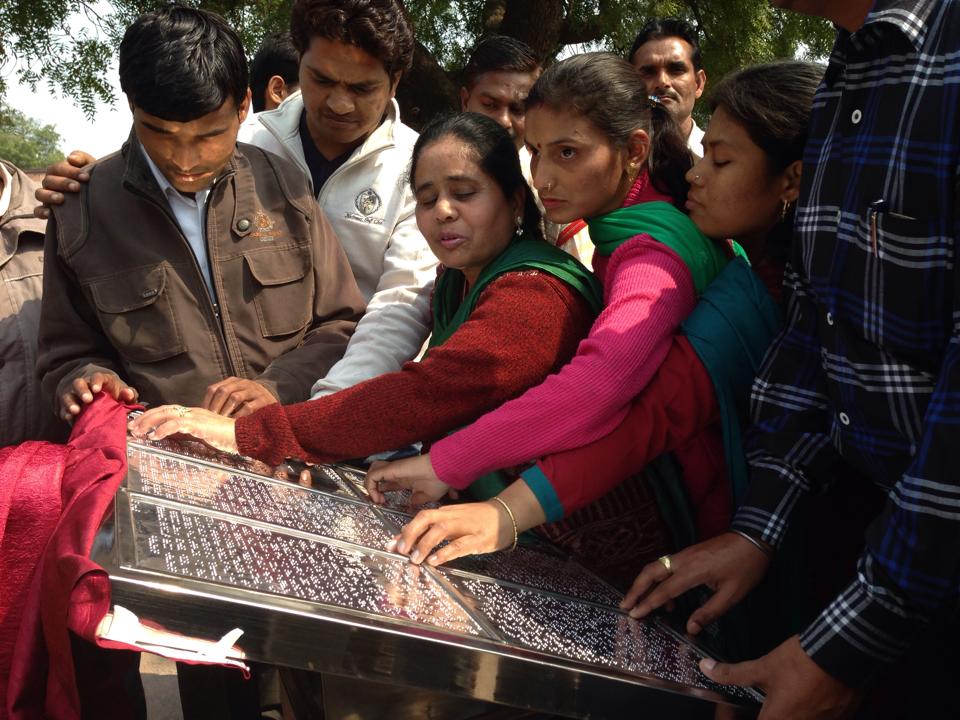
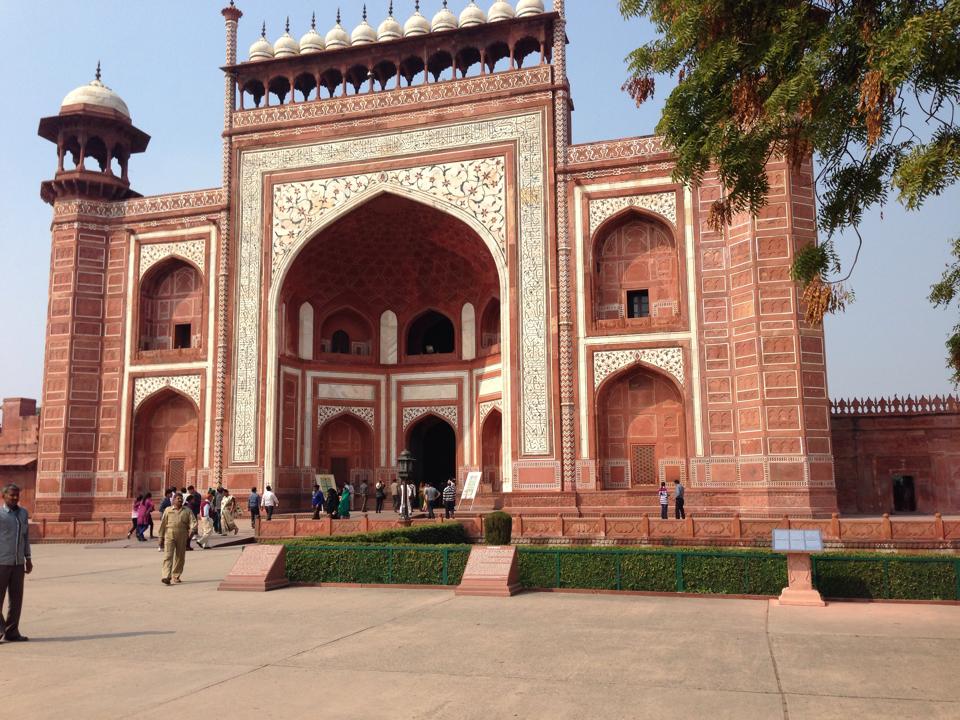
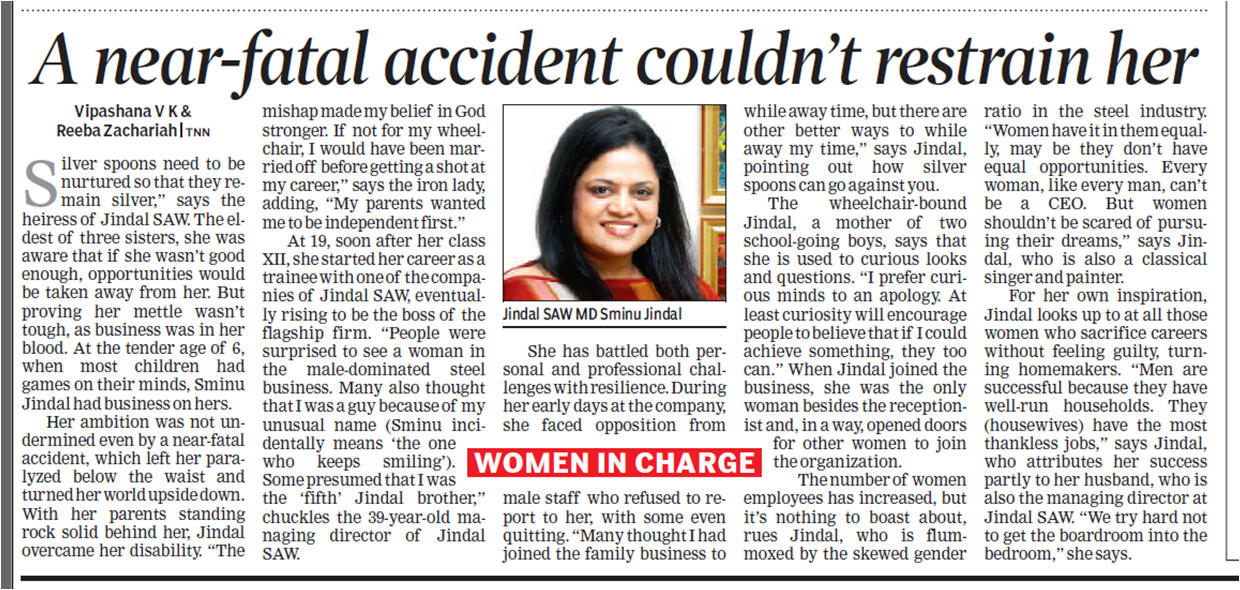
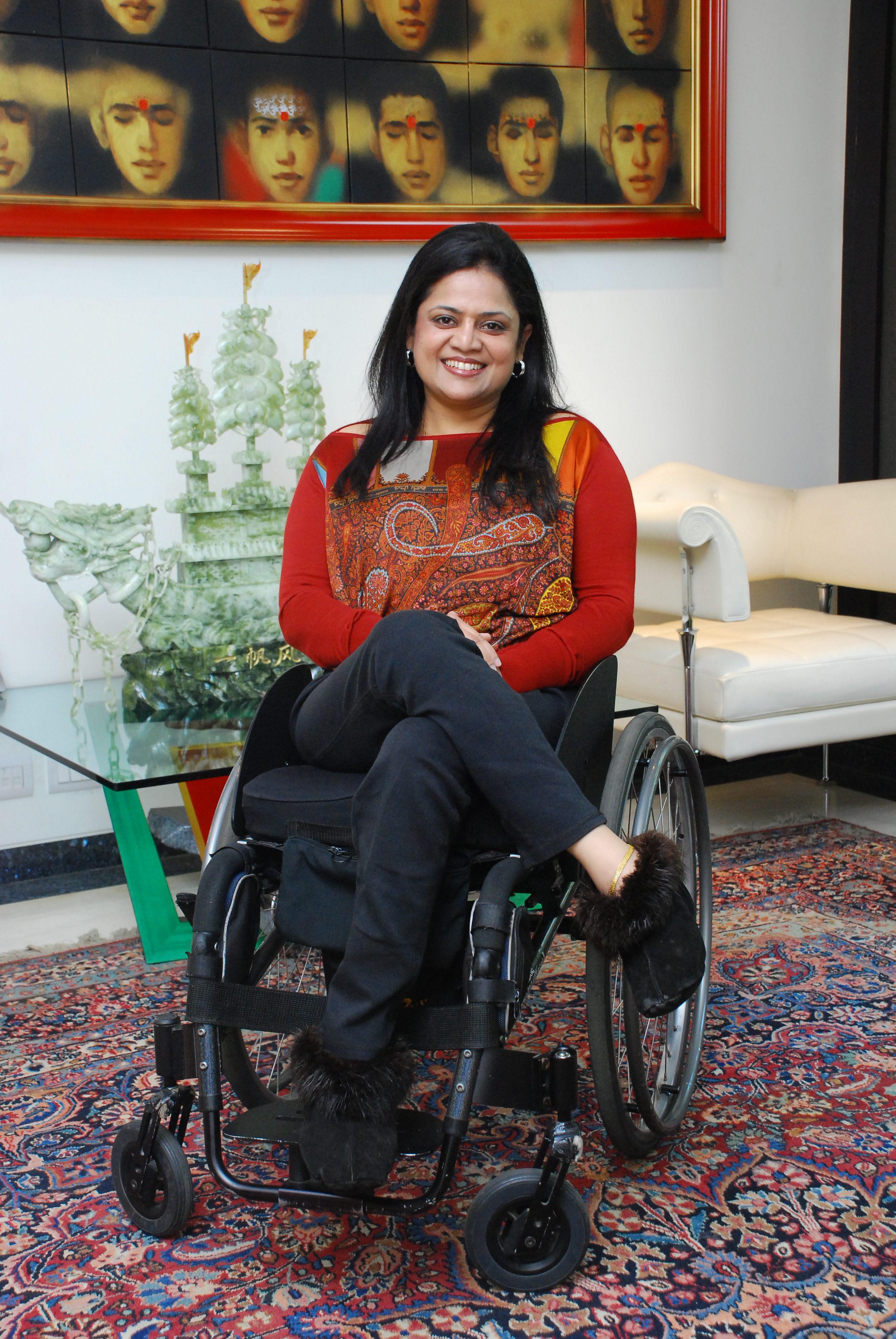 We are glad to share that Ms. Sminu Jindal, Founder, Svayam – National Centre for Inclusive Environments & MD, Jindal SAW Ltd. has been nominated by Loreal Paris Femina Women Awards in the category of “FAVOURITE FACE OF A CAUSE”, which is a Reader’s Choice Award.
We are glad to share that Ms. Sminu Jindal, Founder, Svayam – National Centre for Inclusive Environments & MD, Jindal SAW Ltd. has been nominated by Loreal Paris Femina Women Awards in the category of “FAVOURITE FACE OF A CAUSE”, which is a Reader’s Choice Award.
